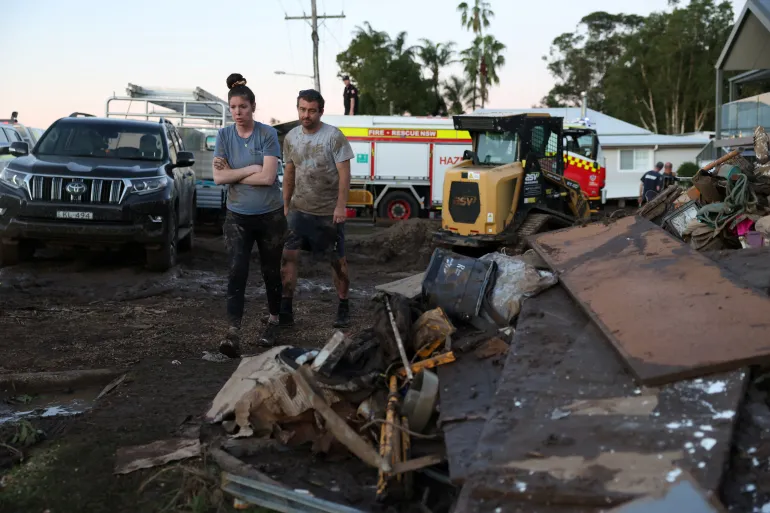Food aid deliveries in Gaza continue to face serious challenges, as chaotic scenes unfolded on Tuesday with desperate civilians raiding trucks carrying humanitarian supplies. The incidents highlighted the ongoing struggle to distribute aid effectively amid conflict and deepening humanitarian crisis.
According to Reuters, footage verified by the news agency showed several people intercepting food trucks in central Gaza, looting their contents in a sign of growing desperation among the population. In the Deir al-Balah area, trucks were stopped before reaching designated distribution points, and food items were taken directly by crowds.
Local residents and aid officials reported that many of these aid trucks are arriving without clear coordination or security arrangements, leading to confusion and lawlessness on the ground. The World Food Programme (WFP) and other humanitarian organizations have previously warned about the lack of a structured distribution system in Gaza, especially as Israeli military operations continue.
The Israeli military said it has increased the number of aid trucks allowed into Gaza but stressed that ensuring the secure delivery of food and medical supplies remains a significant challenge. Israel blames Hamas for obstructing aid by not allowing safe passage and distribution within the territory, while Palestinian officials accuse Israel of restricting humanitarian access and failing to ensure safe corridors.
In a statement, the WFP described the situation in Gaza as “catastrophic,” with over 1.1 million people facing acute food insecurity. The organization said that while aid deliveries have resumed in recent weeks, the pace and safety of these operations remain inadequate to meet the soaring demand.
A Gaza-based humanitarian worker, speaking anonymously for security reasons, said the public distrusts that aid will ever reach them through official channels. “People are starving. When they see trucks with food, they chase them,” the worker explained.
The U.N. and international partners have reiterated calls for a ceasefire and for improved coordination mechanisms to allow safe and orderly distribution of aid. Many areas in northern Gaza remain largely cut off due to ongoing fighting and security restrictions.
Israel launched its military campaign in Gaza in response to Hamas’s October 7 attack, which killed over 1,200 people and led to the abduction of more than 250 individuals, according to Israeli sources. In retaliation, Israeli forces have conducted extensive air and ground operations across the Gaza Strip, resulting in widespread destruction and displacement.
Gaza’s Health Ministry, run by Hamas, claims that more than 36,000 Palestinians have been killed in the conflict, a figure that could not be independently verified. The humanitarian fallout has sparked global concern, with aid agencies warning of famine-like conditions.
In an effort to address the aid shortfall, the U.S., Jordan, and other countries have launched air drops and maritime deliveries, but logistical hurdles have limited their impact. Meanwhile, the Rafah crossing with Egypt remains closed following Israeli operations in the southern part of Gaza, further restricting aid access.
With Gaza’s infrastructure in ruins and food stocks dwindling, aid groups warn that the situation will continue to deteriorate unless comprehensive and safe delivery systems are established. Efforts are ongoing among international mediators to broker ceasefire arrangements that could ease humanitarian access.
Despite the influx of some assistance, the widespread raids on aid trucks underscore the dire conditions and lack of order in Gaza’s current aid response framework.
Source; Reuters



